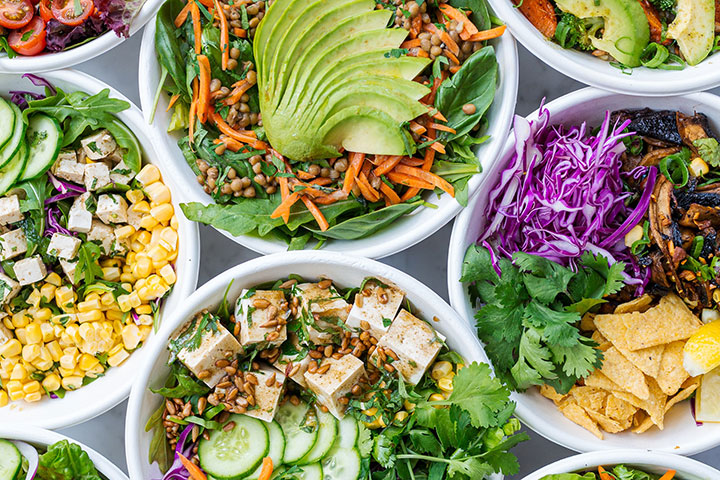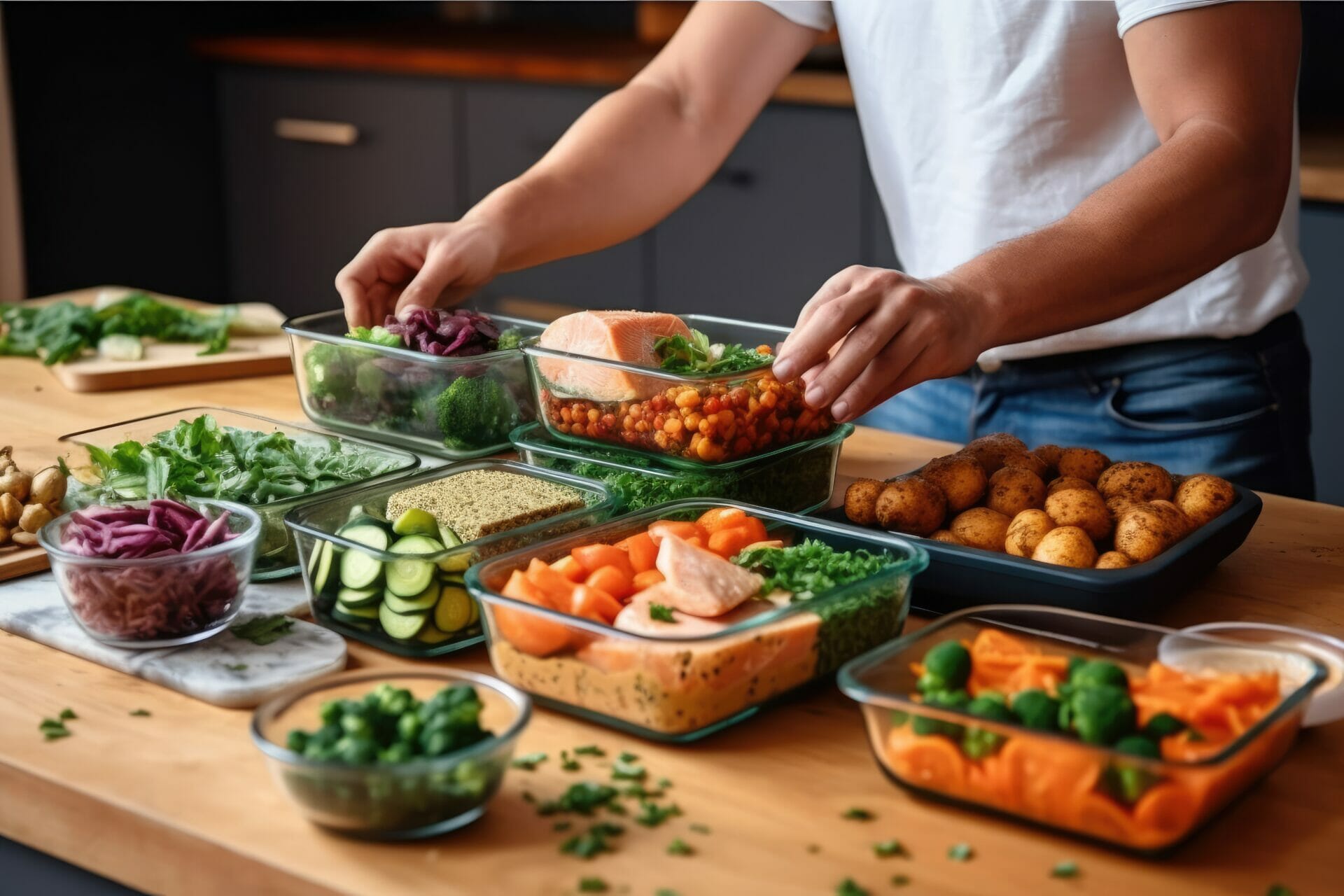Understanding how to create a personalized nutrition plan gives you the power to eat with intention. When you tailor food choices to your body, goals, and schedule, you build a strong foundation for long-term health. Whether you’re focused on weight loss, muscle gain, gut health, or energy, a custom nutrition strategy helps you meet your needs without stress. Your meals stop being random—they start working for you.

Define Your Nutrition Goals
Start with a clear direction. Ask: What do I want from my food? Your goal might be weight management, improved metabolism, more energy, or hormone balance. Some people focus on reducing inflammation, while others aim for muscle performance or mental clarity. Choose one main goal, then list two or three secondary ones. This focus keeps your eating plan intentional and avoids overwhelm. Always make your nutrition goals measurable and realistic—like “gain 5 lbs of lean muscle in 8 weeks” or “reduce sugar cravings within 30 days.” A clear purpose sets the tone for the entire nutrition journey.
Know Your Body’s Needs
No two bodies work the same. To build a personalized diet plan, consider your:
- Age
- Gender
- Body type
- Activity level
- Food allergies or sensitivities
- Medical history
Calculate your daily calorie needs using a trusted method like the Harris-Benedict equation or consult a registered dietitian. Balance your macronutrients—proteins, carbs, and fats—based on your body’s output and recovery needs. For example, an active person may need more complex carbohydrates, while someone with insulin resistance benefits from low-glycemic foods. Don’t skip micronutrients—deficiencies in iron, vitamin D, or magnesium can block progress. Understanding your internal blueprint helps you build a body-specific eating system that supports your goals with precision.
Build a Smart Grocery List
Once you know your needs, create a smart grocery plan. Choose whole, nutrient-rich foods that support your goals:
- Lean proteins like eggs, tofu, or wild fish
- Fiber-rich vegetables like spinach and broccoli
- Healthy fats like olive oil, seeds, or avocado
- Low-sugar fruits such as berries or apples
- Whole grains like quinoa or brown rice
Avoid ultra-processed snacks, refined sugars, and excessive sodium. Keep it simple and seasonal. Organize your list by category—this saves time and reduces impulse buys. A smart meal prep strategy begins at the store. When you stock your kitchen with intention, you reduce friction and make healthy eating automatic.

Create Flexible Meal Structures
Structure matters—but so does flexibility. Plan three main meals and one or two snacks per day. Each meal should include a balance of macronutrients to stabilize energy and mood. For example:
- Breakfast: protein + fiber + healthy fat (e.g., Greek yogurt, chia seeds, berries)
- Lunch: lean protein + whole grain + leafy greens
- Dinner: starchy veggie + roasted veg + protein
Snacks should fill nutrition gaps, not cravings. Try nut butter on celery, boiled eggs, or protein smoothies. Rotate your meals weekly to avoid boredom. Keep your personalized meal plan sustainable by making it delicious, not restrictive. Your eating pattern should fit into your life—not the other way around.
Monitor, Adjust, and Thrive
Your body gives feedback. Track how you feel after meals. Note energy dips, bloating, mood changes, or cravings. Use a simple nutrition journal or app. If something feels off, adjust portions, timing, or ingredients. Sometimes it’s not what you eat—it’s when and how. Reassess your plan monthly. If progress stalls, tweak your caloric intake or experiment with different food combinations. Stay honest, but flexible. Your personalized eating plan evolves as you do. The key is consistency and curiosity—not perfection. When your food matches your lifestyle and biology, health becomes your default setting.
Final Thoughts: You Design Your Nutrition Story
Knowing how to create a personalized nutrition plan gives you full control over your wellness. You don’t need a one-size-fits-all approach—you need something that fits you. With purpose, planning, and patience, you build a nutrition routine that adapts to your life, not the other way around. Your best health starts with your next intentional meal.
